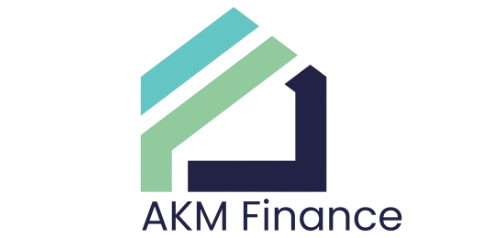A mortgage broker is a licensed professional who works as a middleman between you and potential lenders. We help you find the best mortgage options by comparing rates and terms from multiple lenders, ensuring you get a loan that fits your financial situation and goals. Our job is to make the mortgage process easier, more transparent, and tailored to your needs.
As a first-time homebuyer, you might be eligible for special programs that offer lower down payments, reduced interest rates, or other benefits. We’ll walk you through these options and help you navigate the process with confidence, from finding the right loan to closing the deal.
Choosing the right mortgage depends on several factors, including your financial situation, your long-term goals, and the type of property you’re buying. We take the time to understand your unique needs and guide you through all your options—from fixed-rate to adjustable-rate loans. We’ll explain the pros and cons of each and help you decide what works best for you.

Pre-qualification is an initial estimate of how much you may be able to borrow based on your financial situation. It’s usually a quick and informal process. Pre approval, on the other hand, involves a more in-depth look at your finances (like income, credit score, and debt). A pre-approval letter from a lender is much stronger and shows that you’re a serious buyer with a specific loan amount in mind.
Yes! While putting down 20% can help avoid LMI (lender mortgage insurance), many loan programs allow for lower down payments. We’ll help you find a loan that works for your budget.
A fixed-rate mortgage has an interest rate that stays the same throughout the term of the loan. This means your monthly payment will remain predictable and won’t change, making it a great option for long-term stability.

Getting pre-approved involves submitting a mortgage application with your financial details—like income, credit score, and assets. We’ll use this information to determine how much you can borrow, and this helps you understand your budget. Pre-approval shows sellers you’re a serious buyer, which can give you an edge in competitive markets.
We work closely with you to ensure all documents are submitted quickly and accurately, so we can speed up the process and provide you the outcome quickly.
The key difference between an offset account and a redraw facility lies in how they work and their accessibility:
Offset Account
- A separate bank account linked to your home loan. The balance in this account is used to offset the amount you owe on your loan, reducing the interest charged.
- How It Works: For example, if your loan balance is $100,000 and you have $20,000 in your offset account, you’ll only pay interest on $80,000.
- Accessibility: Funds in an offset account can be accessed at any time, like a regular transaction account, offering flexibility for day-to-day spending or savings.
Redraw Facility
- A feature that allows you to withdraw extra payments you’ve made on your home loan (amounts paid above the required minimum repayments).
- How It Works: For instance, if you’ve paid an additional $20,000 beyond your regular repayments, you can withdraw this amount when needed.
- Accessibility: While you can access extra funds, redraws may come with limitations, such as fees, minimum withdrawal amounts, or processing times.
Which One Should You Choose?
- Choose an offset account if you want easy, instant access to your savings while reducing your loan interest.
- Opt for a redraw facility if you’re more focused on making extra repayments to reduce your loan term and are okay with limited access to those funds.

Have any Question? Ask us anything, we’d love to answer!
We Are Here To Help!
